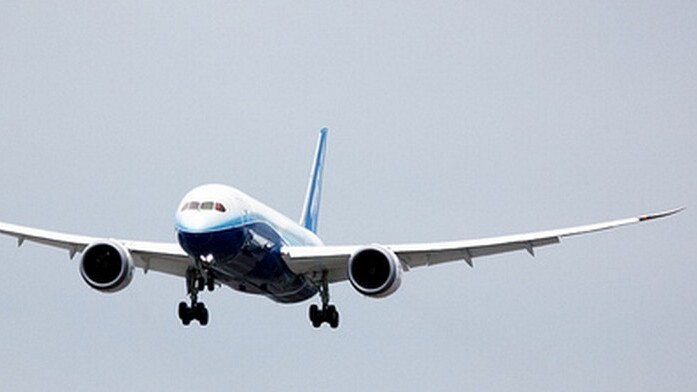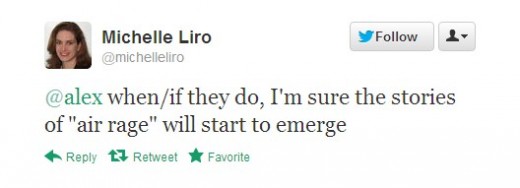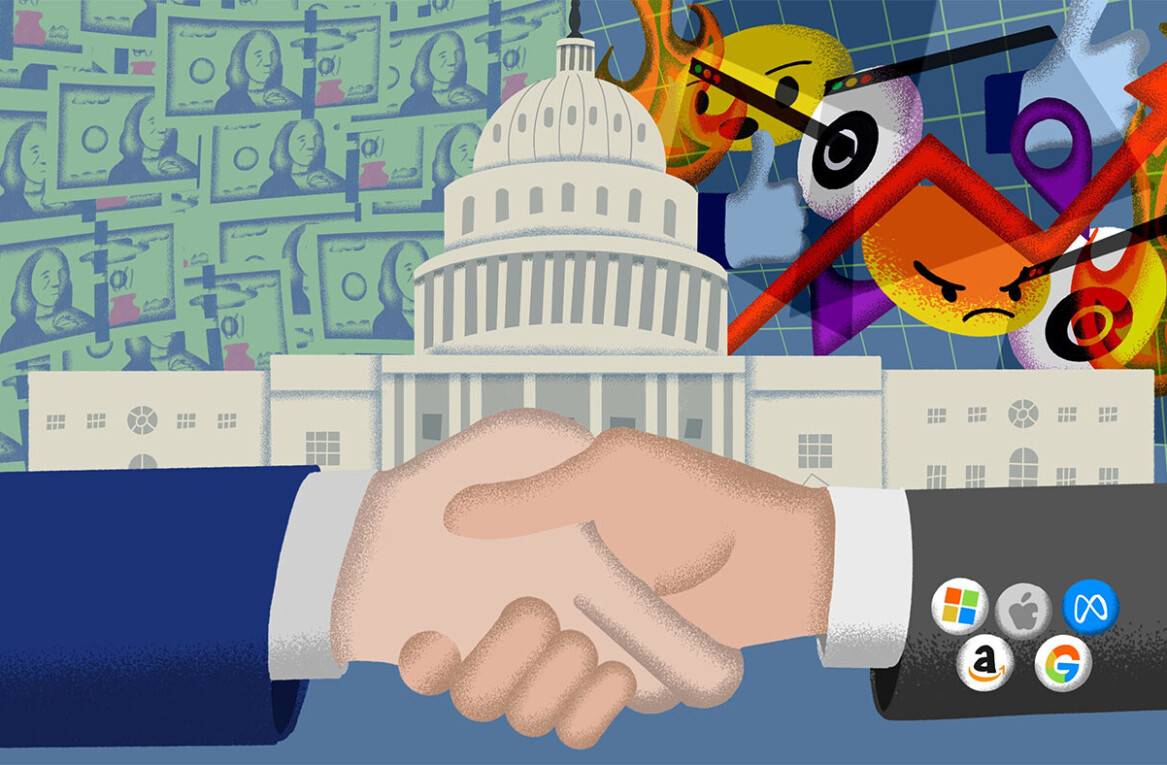
Today the Federal Aviation Administration (FAA) announced that it has formed a ‘government-industry’ group to study the use of consumer electronics devices on flights. As their number and variety has proliferated, rules concerning their usage in flight have aged.
US Transportation Secretary Ray LaHood calls the rules covering electronic devices in flight of “consumer interest.” Indeed. One begins to wonder what is magical about the 10,000 foot mark that makes the turning on of your iPad safe; why is it unsafe at 9,000 feet?
From the FAA, here’s what the group will do [Condensed, edited, bolded: TNW]:
The […] group will examine […] the testing methods aircraft operators use to determine which new technologies passengers can safely use aboard aircraft and when they can use them. The group will also look at the establishment of technological standards associated with the use of [personal electronic devices] during any phase of flight.
To begin its work, the group is soliciting and accepting input from the public.
Here’s the rub, however: don’t ask for the ability to make phone calls during flight. The FAA is not interested in making that change; “[t]he group will not consider the airborne use of cell phones for voice communications during flight.”
That’s quite good, in fact, as allowing the average passenger make phone calls whilst in the air would lead to more fistfights among the seated masses than I can imagine. I asked a few friends on Twitter if they thought that adding voice calls to flights would be a bad idea. They all agreed: it would be terrible. To wit, some of the fun responses to my question:






Good on the FAA for working on expanding what we can do while strapped into jet. And even better on the FAA for understanding that letting phone calls sprout on jets would bring on the apocalypse.
Top Image Credit: Ken Mist
Get the TNW newsletter
Get the most important tech news in your inbox each week.





